From medieval guilds based on local trust to multinational corporations enabled by global trade and legal frameworks, the way humans organise their society has always reflected the technologies of their time. These days, blockchain is introducing a new model: the Decentralised Autonomous Organisation (DAO).
Ethereum.org defines a DAO as ‘a collectively owned, blockchain-governed organisation working towards a shared mission.’ Unlike corporations, DAOs operate fully online, relying on smart contracts to enforce rules and decisions.
The appeal is profound: no CEO, no boardroom, no single point of failure. Instead, communities of token holders decide collectively, with every action transparently recorded on-chain.
How DAOs Work: The Mechanics of Decentralised Governance
DAOs blend technology, governance, and community ownership into a single system. As a digital cooperative, members don’t just hold shares or contracts; they collectively own and govern through tokens recorded transparently on-chain. While each DAO is unique, most rely on four common building blocks:
- Smart Contracts as Rulebooks
Smart contracts are the backbone of every DAO. They encode governance processes such as how decisions are made, how treasury funds are spent, and who can participate in the governance process. Once deployed, these rules execute automatically and cannot be changed without a collective agreement.
- Governance Tokens as Voting Rights
Tokens serve as both the entry ticket (membership) and the decision-making tool (voting right) and are often distributed to members in return for investment or participation. Holders typically gain the right to vote on proposals proportional to the tokens they own. This creates a system where ownership and governance are aligned, although it also raises risks of wealthy members dominating outcomes.

- On-Chain Treasuries
DAOs often manage pooled funds in a shared digital wallet. This makes all financial movements visible on the blockchain, ensuring transparency. Proposals might suggest spending on product development, rewarding contributors, or supporting external initiatives.
- Proposal and Voting Lifecycle
A DAO member can propose a new initiative, such as launching a feature or investing in a partnership. The proposal is put to a vote, and if the majority (or predefined threshold) is reached, the smart contract automatically executes the decision, whether it involves releasing funds, changing a parameter, or deploying new code.
The result is an organisation that operates more like open-source software than a corporation. Anyone with the required token can participate in the governance process, regardless of their geographical location or status.
Why DAOs Matter in a Connected World
The real importance of DAOs lies not just in their novelty but in how they challenge centuries-old assumptions about governance models. Their potential impact can be seen across three principal dimensions:
- Democratising Power: Where corporations limit influence to shareholders or executives, DAOs allow anyone with tokens and an internet connection to participate. This inclusivity functions as a way to empower communities to co-own and co-govern projects.
- Trustless Collaboration: Traditional organisations require members to trust leaders or regulators. DAOs replace this with trust in blockchain infrastructure that requires trust in code. Every decision, every transfer of funds, and every rule change is permanently recorded and auditable.
- Global and Borderless Reach: DAOs operate across borders without the need for multiple legal entities. This makes them uniquely suited to internet-native communities, whether they are funding open-source projects, supporting artists, or running financial protocols.
In short, DAOs matter because they are testing whether governance itself can be ‘digitised’ in the same way that cryptocurrencies digitised money. To better understand their disruptive potential, let’s compare DAOs directly with traditional organisations and see where the biggest differences lie.
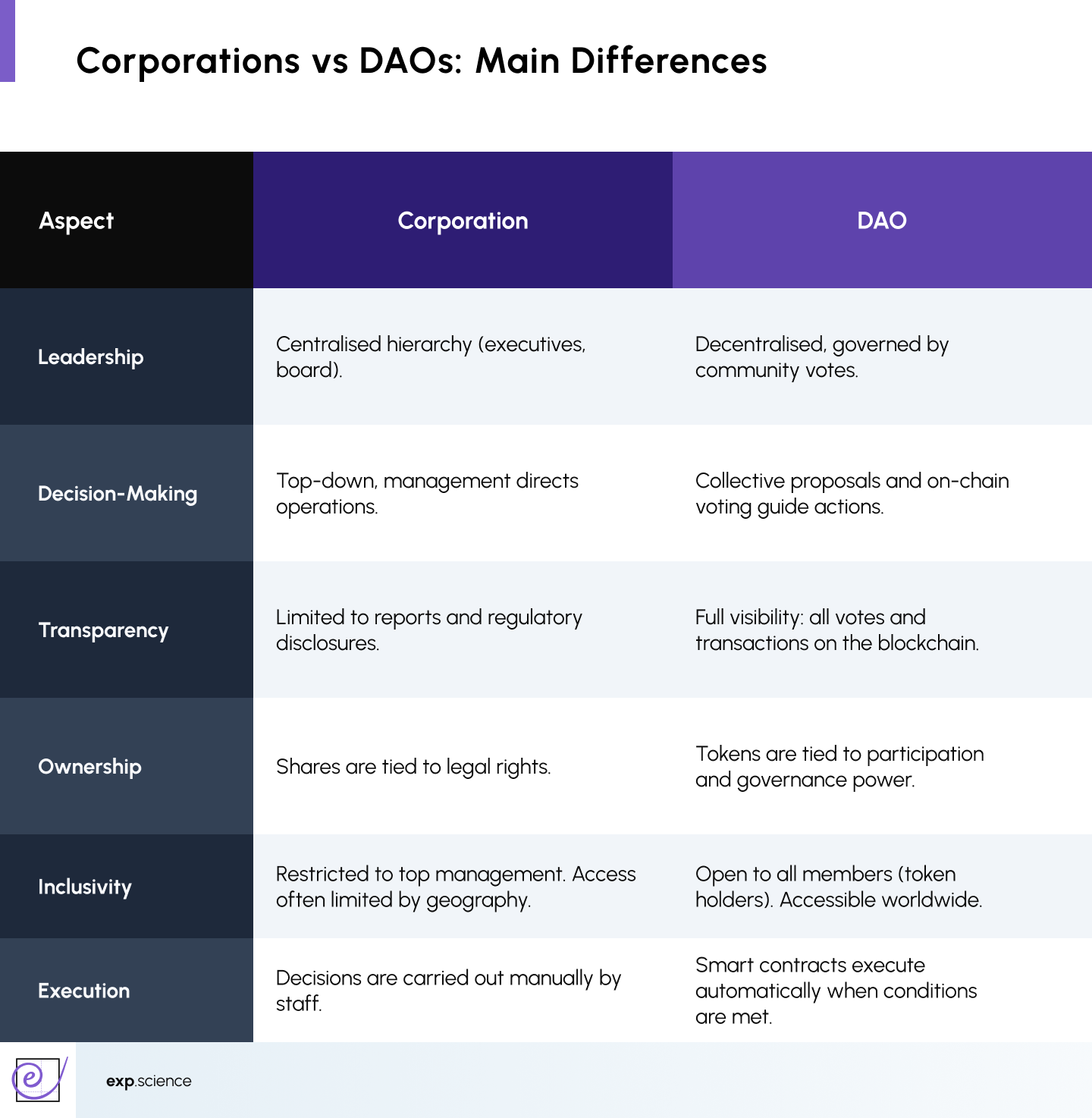
This contrast highlights the essence of what makes DAOs distinct. Traditional corporations rely on centralised leadership, manual execution, and limited transparency, whereas DAOs shift authority to the community, automate processes through smart contracts, and operate with full visibility through the blockchain. In practice, this means that DAOs are not just alternative structures, but a fundamentally different way of organising resources and decision-making in a digital, borderless environment.
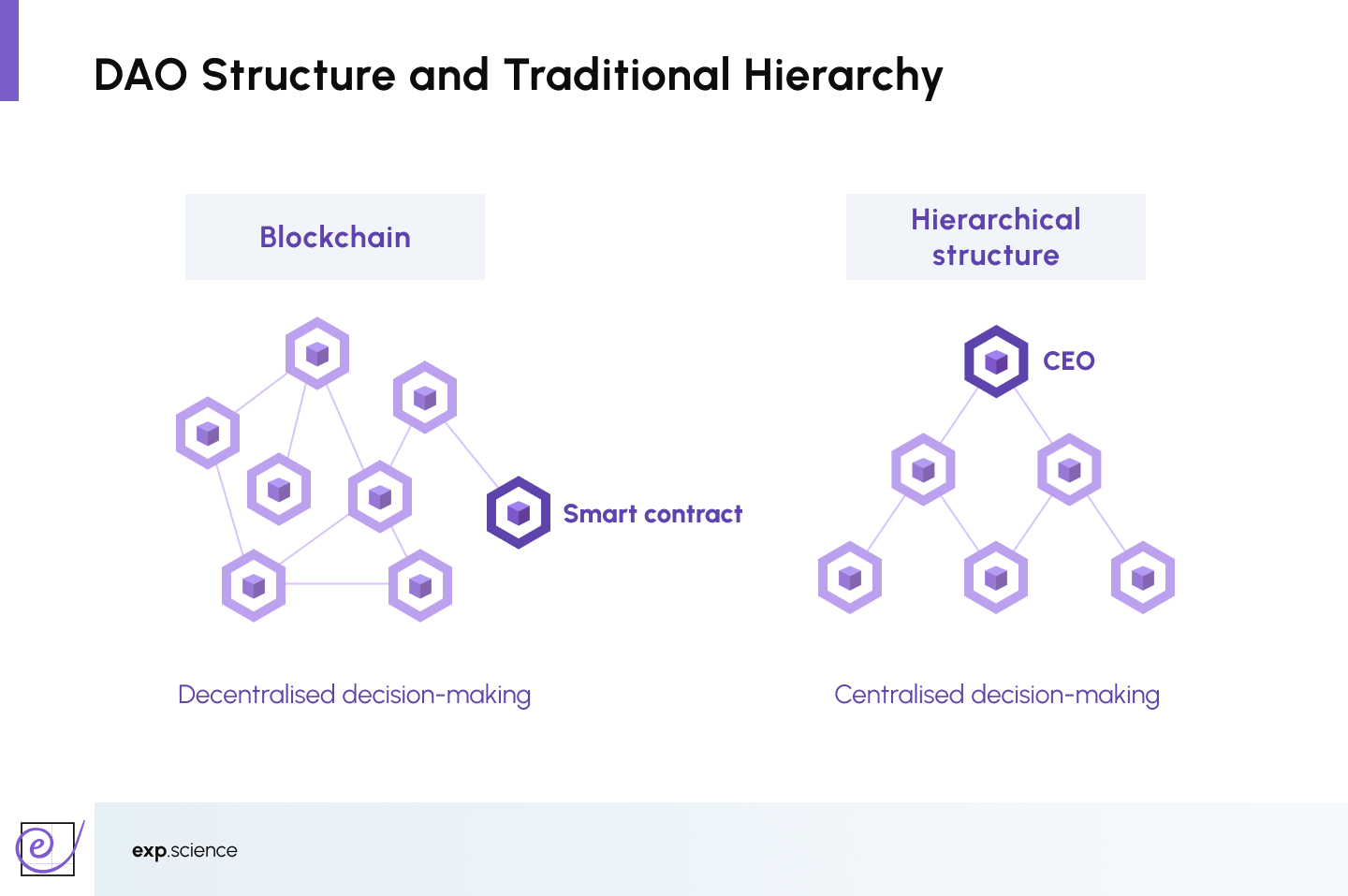
Lessons from History: The DAO that Changed Everything
In 2016, a project called The DAO raised over $150 million on Ethereum to act as a decentralised venture fund. Weeks later, a flaw in its smart contract was exploited, draining $60 million worth of Ether. The Ethereum community faced a dilemma: accept the loss or reverse it through a hard fork. The decision split the network, creating Ethereum (ETH) and Ethereum Classic (ETC).
The incident became a defining lesson: DAOs can mobilise vast resources, but their reliance on code exposes them to unique risks when that code is flawed.
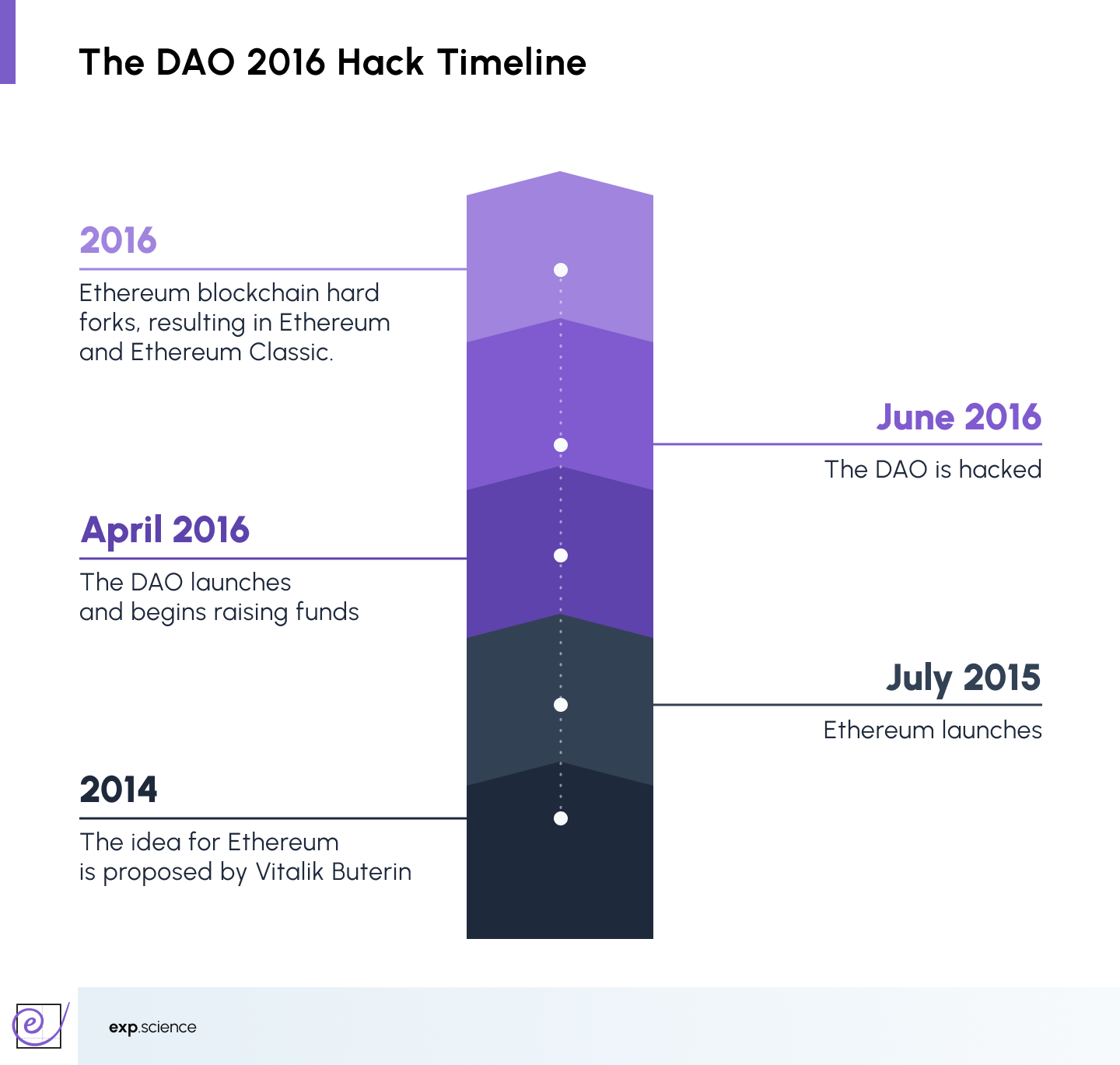
Despite early challenges, DAOs have evolved into different categories, thanks to more secure development practices, governance models and broader community adoption. These categories serve distinct purposes:
- Protocol DAOs: These govern decentralised finance platforms and blockchain protocols. Examples such as Uniswap and MakerDAO allow token holders to vote on upgrades, fee structures, and treasury use, ensuring the community steers the platform’s future.
- Investment DAOs: Acting as decentralised venture collectives, these DAOs pool capital to fund startups, assets, or Web3 projects. MetaCartel Ventures is one example focused on investing in early-stage Decentralised Applications (DApps) for profit.
- Grants DAOs: Focused on supporting innovation, particularly in the DeFi space, these DAOs allocate funding to developers or community-led projects. Aave Grants DAO, for instance, provides resources for teams building within the ecosystem.
- Collector DAOs: These pool resources to acquire and curate valuable digital assets like NFTs. PleasrDAO has become known for purchasing and managing iconic digital artworks collectively.
- Social DAOs: Centred around community and shared identity rather than profit, Social DAOs bring people together for collaboration, networking, or creative projects. Friends With Benefits (FWB) illustrates this, functioning as a member-driven hub for artists, creators, and innovators.
- Philanthropy DAOs: Dedicated to social good, these DAOs allocate funds to charitable or social causes, guided by community votes. Big Green DAO, for example, supports food and education initiatives through a decentralised governance model.
Each of these categories illustrates the versatility of DAOs. From governing protocols and funding developers to acquiring art or supporting social causes, those using DAOs are proving that they can operate across sectors well beyond finance.

Hedera’s Contribution to the DAO Ecosystem
While Ethereum remains a home to many DAOs, other networks are experimenting with infrastructure that prioritises speed, scalability, efficiency, and inclusivity. The Hedera network, with its unique hashgraph consensus algorithm, has emerged as a flourishing environment for DAO development.
For example, HashioDAO was developed within the Hedera ecosystem and provides a framework for launching and managing DAOs on the network. With HashioDAO, communities can design governance structures, issue governance tokens, and manage proposals without requiring extensive coding knowledge. Its focus is on accessibility and transparency, making DAO governance more practical for a wider audience.
Hedera’s low transaction costs and fast consensus make it attractive for DAO treasuries. Communities can vote on and execute transactions quickly and at scale, avoiding the prohibitive gas costs regularly seen on Ethereum. This opens up opportunities for smaller DAOs to grow without being priced out.
By offering accessible infrastructure, Hedera is lowering barriers to DAO adoption and enabling new experiments in collective governance.
Learn more about the Hedera Hashgraph here 👉 What is Hedera Hashgraph and How Does HBAR Work?
Main Challenges DAOs Face
The promise of DAOs is immense, but significant obstacles remain. Legal Uncertainty remains one of the key issues as many DAOs exist in a grey area, with members potentially exposed to personal liability for collective actions. Some regions, such as Wyoming, have begun to recognise DAOs legally, but standards remain fragmented.
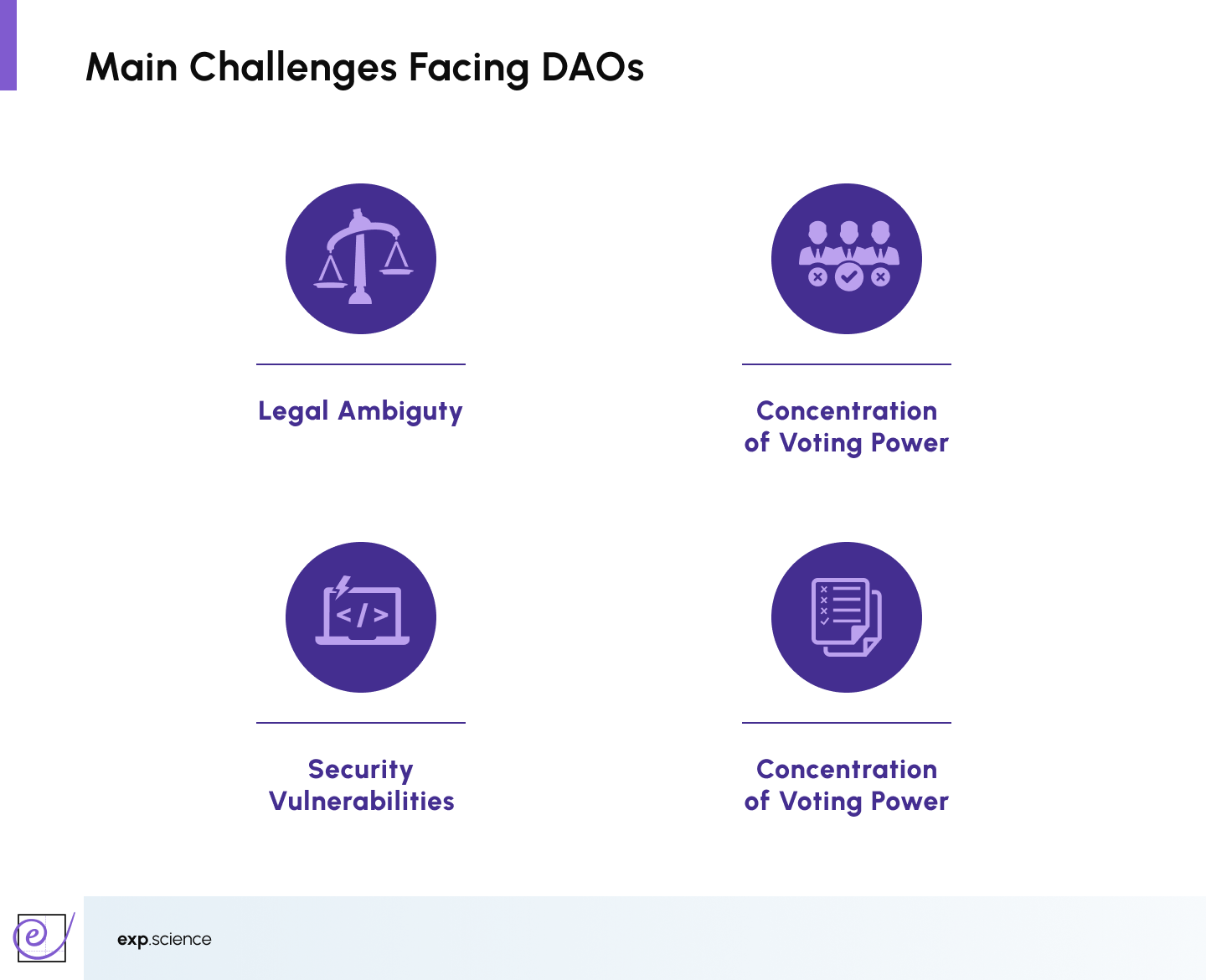
DAOs also face the risk of centralisation since token-based voting can concentrate power among wealthy holders, creating plutocracy instead of democracy. Alternative models are under active development.
Security Risks remain prevalent, as the 2016 DAO hack showed, and vulnerabilities in smart contracts can cause catastrophic losses. Finally, the governance fatigue can set in with many DAOs facing low participation, with a minority of members driving decisions, raising questions about whether decisions are truly decentralised. This is one of the biggest practical challenges for DAO sustainability.
The Road Ahead: Hybrid and Evolving Models
DAOs are still experimental, but their trajectory points towards continued innovation. Future developments are likely to include hybrid structures that combine decentralised governance with operational teams for agility. Artificial intelligence may play a role in streamlining governance; summarising debates, analysing proposals, or even suggesting optimal decisions. Cross-chain DAOs may soon coordinate across multiple blockchains, linking liquidity, membership, and resources in ways that have not been seen before.
Although DAOs are still in their early stages, their potential to transform organisations is enormous. They invite us to rethink governance, ownership, and collaboration. Even though DAOs remain imperfect and sometimes unstable, they serve as proof of what it might mean to embed trust in code rather than hierarchy, distributing decision-making among communities, eliminating traditional gatekeepers and opening the door to more democratic, efficient, and global participation.
Hedera’s initiatives, such as HashioDAO, demonstrate that DAOs are not confined to a single ecosystem. They are spreading across networks, adapting to different needs, and gradually maturing.
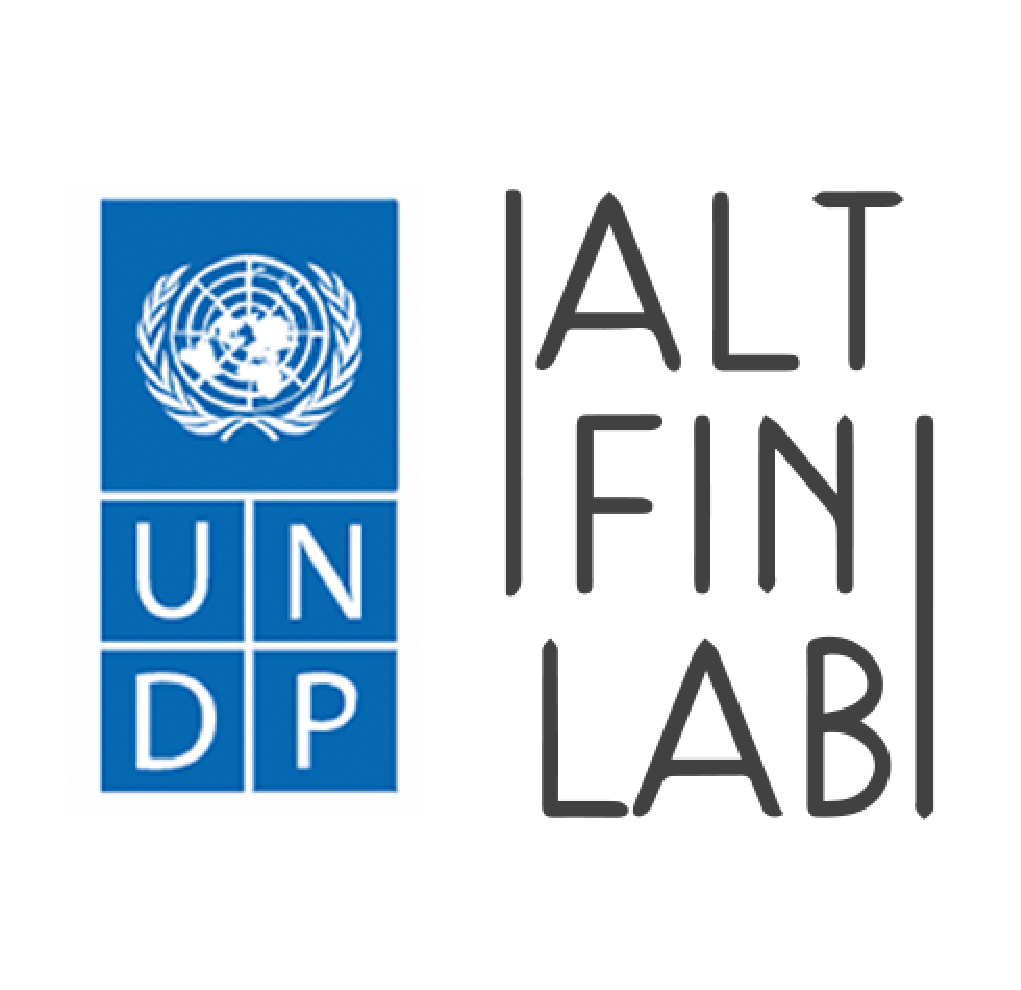

.jpg)

.jpg)
.jpg)
.jpg)

